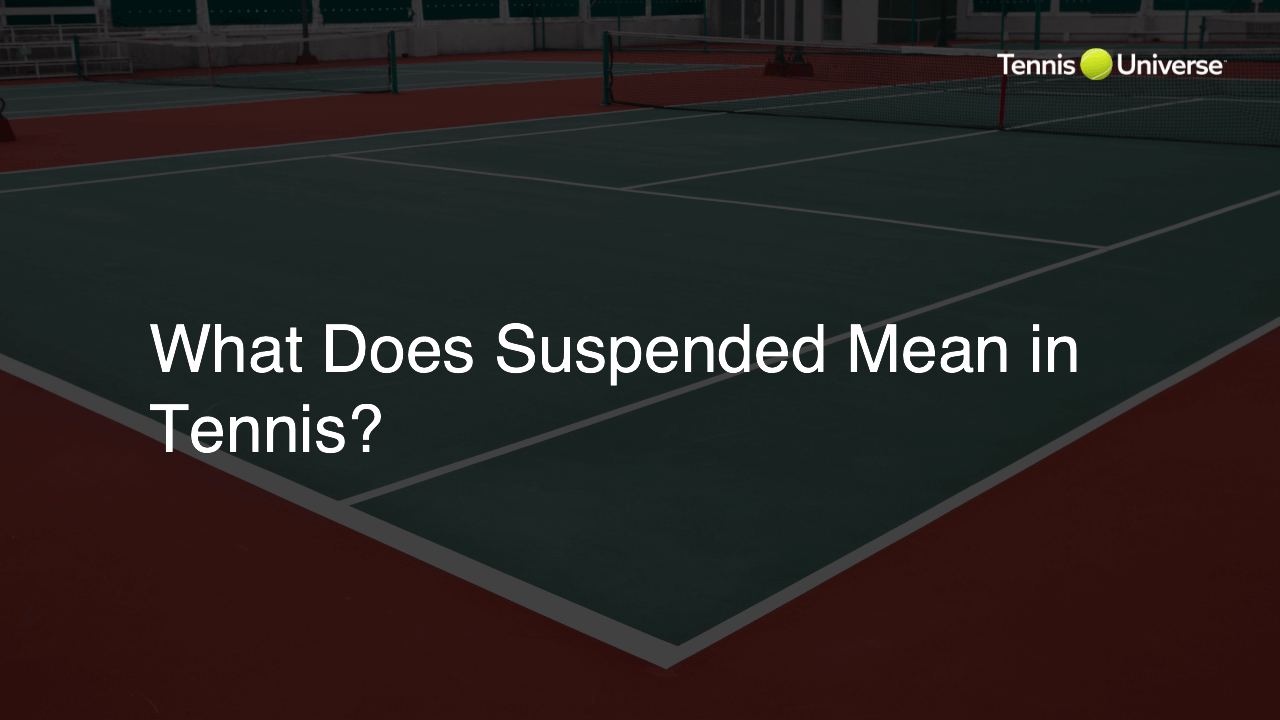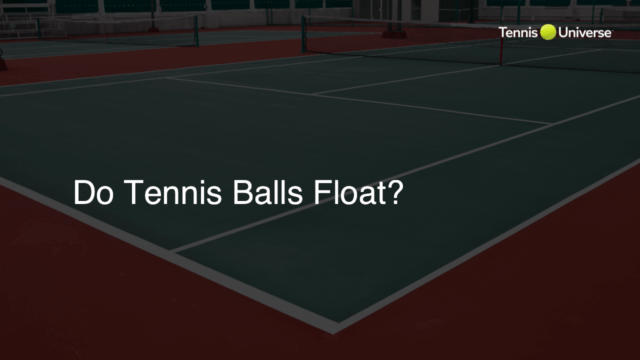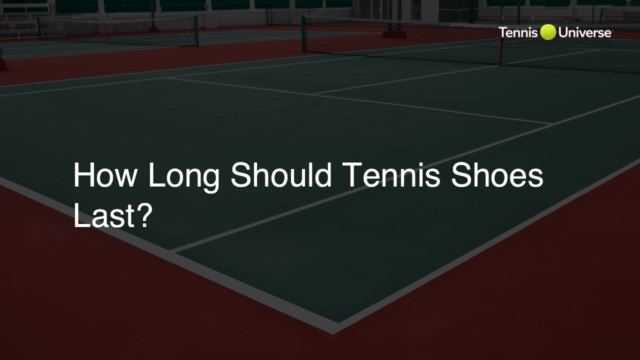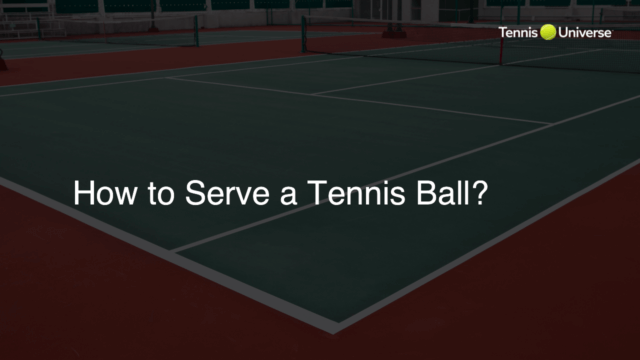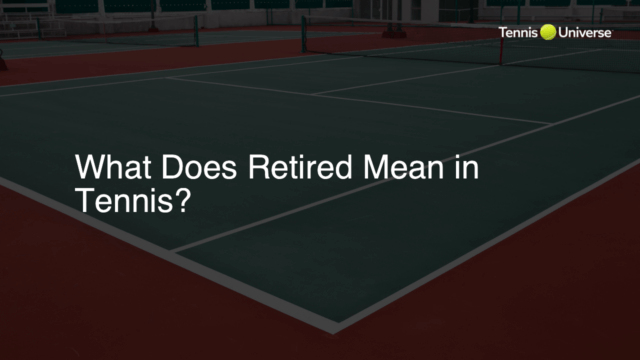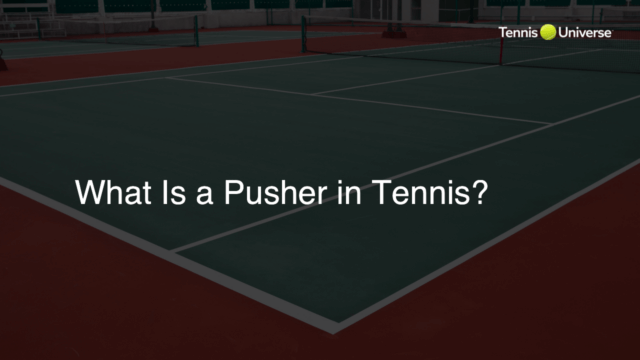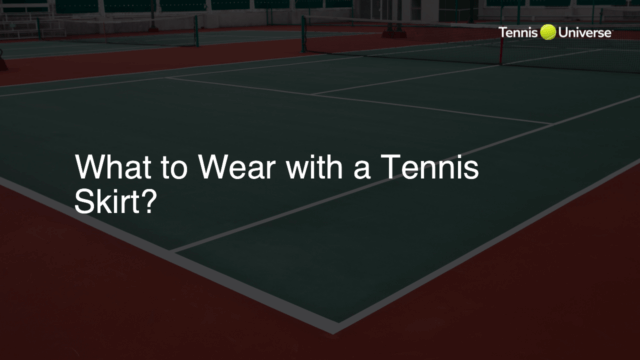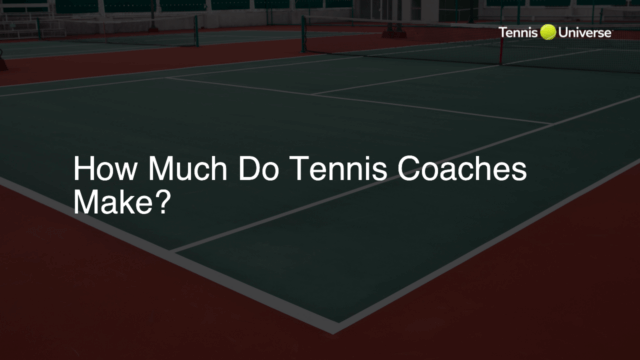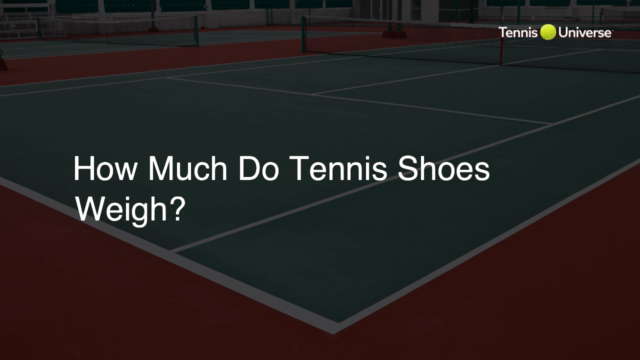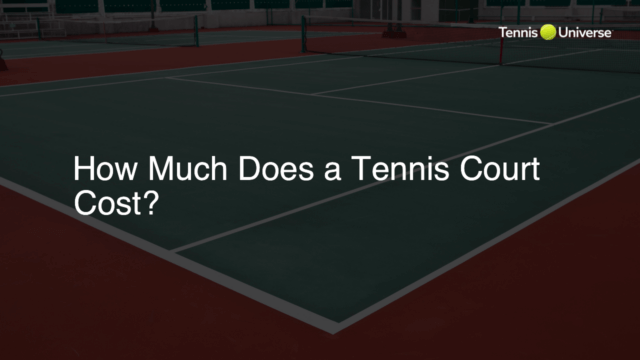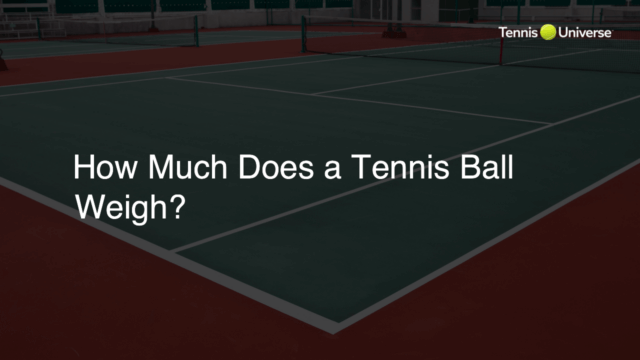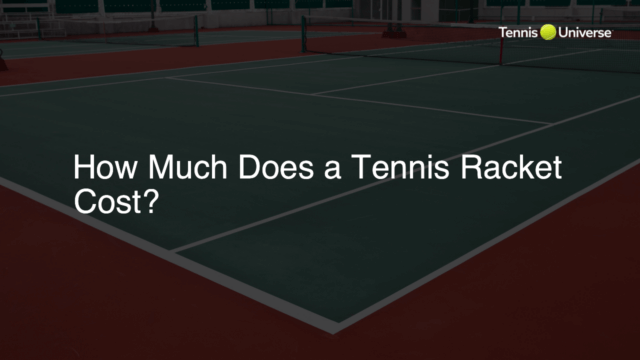In tennis, ‘suspended’ refers to a temporary halt in a match due to external factors such as weather conditions, player injuries, or darkness. The match is intended to resume later, with the players continuing from where the suspension occurred.
Understanding Match Suspension in Tennis
In the game of tennis, ‘suspended’ refers to a temporary halt or interruption to a match. Various external factors can cause suspensions, and understanding them is crucial for both fans and players alike. This blog post will help clarify the meaning of suspended in tennis, and shed light on reasons and consequences related to it.
Key Causes of Tennis Match Suspensions
When a tennis match is suspended, it indicates that the match has been paused and will be continued later. There are several external factors that can lead to match suspension. They are as follows:
Weather Conditions
Most tennis matches take place outdoors, and thus they can be significantly affected by adverse weather conditions like rain, strong winds, or extreme heat. Rainy conditions make the court slippery and unsafe for players, possibly resulting in injuries. Similarly, high temperatures can cause health issues for players. In scenarios like these, matches are suspended until the weather conditions improve.
Player Injuries
Sometimes, a player sustains an injury during the match, leading to its suspension. Medical staff will assess the player, and the match will resume if the player is deemed fit to continue. If not, the player may have to forfeit the match.
Darkness and Insufficient Lighting
With outdoor matches often lasting for hours, darkness can hinder the visibility on the court and make it unsafe to continue playing. In such cases, the match is suspended and continued on the following day or when suitable lighting is available.
Resuming a Suspended Tennis Match
Generally, tennis matches resume from where they were halted. The match details, such as the players’ scores, positions, and whose turn it is to serve, are all logged so that the match can recommence accurately. Resuming a suspended match can impact the players’ performance, strategy, and focus, often leading to unpredictable outcomes.
Impact on Tennis Racket Choice and Maintenance
Since suspended matches are common in tennis, players need to be prepared. They should have an extra tennis racket in case their primary racket gets damaged or is unsuitable due to certain conditions. Moreover, proper racket maintenance should be practiced to ensure the equipment performs optimally when the match resumes, whether it is finally played indoors or outdoors.
Tennis Tips: Adapting to Suspended Matches
As a player or a fan of tennis, it is essential to know how to adapt to match suspensions and make the most of the situation. Here are some tennis tips to help players better deal with suspended matches:
Maintain Focus and Composure
Dealing with a suspended match can be challenging for players, as it disrupts their momentum and focus. It’s essential to stay mentally strong and composed during the suspension period, and make use of any available resources, such as advice from coaches and trainers, to maintain focus.
Staying Physically Prepared
During the suspension period, a player should maintain their physical fitness to ensure they are ready to resume the match. This could involve staying warm, stretching, and even light workouts, provided it doesn’t overtax the player’s body. Additionally, proper nutrition and hydration are essential to maintain endurance levels.
Strategize and Adjust
When a match is suspended, players should revisit their strategies and make any necessary adjustments. Factors such as changing weather conditions, court surfaces, and opponent adaptability should be considered while revising the game plan. Communication with coaches and support staff can offer valuable insights and help players adapt quickly upon resuming the match.
Impact of Suspension on Tournament Scheduling
Matches getting suspended affect not only the players involved but also the entire schedule of a tennis tournament. Stipulated starting times for other matches have to be adjusted, impacting other players and spectators’ plans. Tournament organizers should have contingency plans in place to manage and minimize disruptions in such cases.
Role of Technology in Reducing Suspensions
Modern technology has played a significant role in mitigating the impact of external factors on tennis matches. Many tennis events now take place on courts featuring retractable roofs, which can be quickly closed in case of adverse weather conditions. Additionally, advanced lighting systems enable matches to continue even when darkness falls, significantly reducing the need for suspensions.
Frequently Asked Questions
In this section, we address some common questions that may arise after reading the blog post about suspended tennis matches. These concise answers aim to resolve any lingering queries and provide a clearer understanding of the topic.
What happens to the spectators’ tickets when a match is suspended?
When a match is suspended, the ticket policy may vary depending on the tournament and venue. In some cases, spectators may be allowed entry the next day to watch the resumed match, but it’s recommended to check with the specific tournament or venue for their specific policy.
How long can a tennis match be suspended due to weather?
The duration of a suspension due to weather conditions, like rain or extreme heat, will depend on the situation, the severity of the conditions, and the organizers’ discretion. In some cases, play may resume within a few hours, while in others, it might only continue the following day.
What happens if both players agree to continue playing during adverse weather conditions?
Even if both players agree to continue playing during adverse weather conditions, the final decision lies with the tournament officials, who prioritize player safety. If the officials deem the conditions unsafe for play, the match will still be suspended regardless of the players’ agreement.
Is it possible for a suspended match to move to an indoor court if the adverse conditions persist?
While it’s possible to move a suspended match to an indoor court, it depends on various factors like court availability, tournament regulations, and the players’ consent. The decision will ultimately be made by the tournament organizers and officials.
Do suspended matches primarily affect Grand Slam tournaments?
Suspended matches can affect any tennis tournament, not just Grand Slams. However, the impact might be more noticeable in Grand Slam events due to their high profile and longer format, as well as increased coverage by the media.

